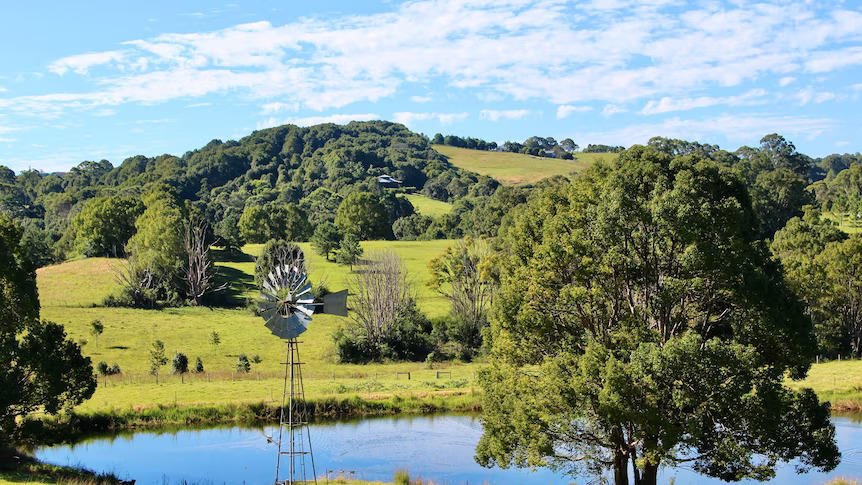Original publication for economist.com on 19 September 2022

SWEDISH STEEL is considered the world’s toughest. It may soon become its greenest. In Boden, a town near the Arctic Circle, a startup called H2 Green Steel (H2GS) is erecting a €4bn ($4bn) new mill, Europe’s first in nearly half a century. It will be powered not by the usual coal or natural gas but by green hydrogen, produced on site by the region’s abundant wind and hydropower. When fully built in a few years, it will employ up to 1,800 people and churn out 5m tonnes of steel annually.
The project matters far beyond sparsely populated northern Sweden. The consequences could be momentous for the continent’s producers of steel and other basic materials, such as cement and chemicals, which between them directly contribute around 1% of the EU’s GDP. It would ripple through the supply chains of firms, from carmakers to builders, which account for another 14% of EU output, according to Material Economics, a think-tank. It would boost Europe’s energy independence, the importance of which has been laid bare by Russia’s energy blackmail in response to Western sanctions against its war in Ukraine. And it would be a boon for the climate, since basic-materials industries spew out about a fifth of Europe’s greenhouse-gas emissions. It could in short, thinks Ann Mettler of Breakthrough Energy, a venture-capital fund backed by Bill Gates, mark the rebirth of Europe’s heavy industry for the post-fossil-fuel era.
Heavy industry has long seemed irredeemably carbon-intensive. Reducing iron ore to make steel, heating limestone to produce cement and using steam to crack hydrocarbons into their component molecules all require a lot of energy. On top of that, the chemical processes involved give off lots of additional carbon dioxide. Cutting all those emissions, experts believed, was either technically unfeasible or prohibitively expensive.
Both the economics and the technology are at last looking more favourable. Europe is introducing tougher emissions targets, carbon prices are rising and consumers are showing a greater willingness to pay more for greener products. Several European countries have crafted strategies for hydrogen, the most promising replacement for fossil fuels in many industrial processes. Germany is launching the Hydrogen Intermediary Network Company (hint.co for short), a global trading hub for hydrogen and hydrogen-derived products. Most important, low-carbon technologies are finally coming of age. The need for many companies to replenish their ageing assets offers a “fast-forward mechanism”, says Per-Anders Enkvist of Material Economics.
Taken together, these developments are allowing industrial firms that have vowed to become carbon-neutral by 2050, which is to say many of them, to start putting money where their mouth is. Material Economics has identified 70 projects in Europe that are commercialising technology to reduce carbon emissions in basic-materials industries. Scarcely a week goes by without the unveiling of a new venture. Decarbonising industry has turned from mission impossible to “mission possible”, says Adair Turner of the Energy Transitions Commission, a think-tank.
The steel industry is the furthest along. H2GS’s mill in Boden is cleverly combining proven technologies at a big scale. The firm is building one of the world’s largest electrolysis plants to produce hydrogen. The gas is then pumped into a reactor, where it powers a process called “direct reduction”: under great heat, it snatches oxygen from iron ore, producing nothing but water and sponge iron. This material, so called because its surface is riddled with holes, is then refined into steel using an electric-arc furnace, which dispenses with coking coal.
A half-hour drive south of Boden, HYBRIT—a joint venture between SSAB, a steelmaker, Vattenfall, a power utility, and LKAB, an iron-ore producer—is piloting a similar process. In July the board of Salzgitter, a German steel company, gave the nod to a €723m project called SALCOS that will swap its conventional blast furnaces for direct-reduction plants by 2033 (it will use some natural gas until it can secure enough hydrogen). Other big European steel producers, including ArcelorMittal and Thyssenkrupp, have similar plans.
Cement-makers are heading in the same direction, albeit more slowly. Heating limestone generates about 60% of the sector’s carbon emissions and a replacement technology, such as direct reduction in steelmaking, is lacking. So the industry is focusing on abating emissions after the fact, using carbon capture and storage (CCS). Many firms are experimenting with a heating process that replaces air with pure oxygen, which produces CO2 suitable for sequestration. Some are trying to use electricity rather than fossil fuels to heat the limestone. The most ambitious are developing new, lower-carbon types of cement.
HeidelbergCement, the world’s fourth-largest manufacturer of the stuff, has launched half a dozen low-carbon projects in Europe. They include a CCS facility in the Norwegian city of Brevik and the world’s first carbon-neutral cement plant on the Swedish island of Gotland. Ecocem, an Irish startup, is making cement that uses less clinker, the intermediate material derived from the heated limestone, and thus emits less carbon. Some companies are trying to retrieve cement from old concrete in demolished buildings.
The chemicals industry faces the biggest challenge. Although powering steam crackers with electricity instead of natural gas is straightforward in principle, it is no cakewalk in practice, given the limited supply of low-carbon electricity. Moreover, the chemicals business breathes hydrocarbons, from which many of its 30,000 or so products are derived.
Even so, it is not giving up. BASF a chemicals colossus, is working with two rivals, SABIC and Linde, to develop an electrically heated steam cracker for its town-sized factory in Ludwigshafen. It wants to make its site in Antwerp net-zero by 2030. To achieve this goal, BASF recently bought part of a wind farm off the Dutch coast to provide it with carbon-free electricity. The company is, like its cement counterparts, also taking a serious look at recycling, in particular a process called pyrolysis, where plastic waste is burned in the absence of oxygen and split into its hydrocarbon components. Other firms are dreaming up different types of greener feedstocks. AFYREN, a French startup, is deriving chemical building blocks from agricultural by-products instead of petroleum.
A few dozen pilot projects—even large ones—do not amount to a green transition. The hard part is scaling them up. The necessary infrastructure is either a work in progress (clean-electricity generation) or scarcely exists (hydrogen production and distribution). Costs remain high: green steelworks are still two to three times more expensive to build than the conventional kind. Attracting workers can be difficult, especially to renewables-rich places which are often, like Boden, remote. And rivals in other countries aren’t standing still; a couple of giant Indian conglomerates in particular are betting big on green hydrogen. Europe needs to hurry up if it is to maintain its lead, warns Frank Peter of Agora Energiewende, a think-tank.
All these are real obstacles. But they need not be insurmountable ones. To understand why, once again consider H2GS. It has convinced firms including BMW, a carmaker, and two white-goods manufacturers, Electrolux and Miele, to sign contracts for 1.5m tonnes of green steel. That order book serves as collateral for banks to finance two-thirds of the project (with the rest coming from equity investments by backers including venture-capital firms and industrial giants such as Scania and Mercedes-Benz).
To attract hundreds of skilled workers and their families to remote Boden, meanwhile, it will help them find housing in a complex that will, if its architects have their way, resemble a snazzy resort. To secure the other important input, hydrogen, H2GS has teamed up with Iberdrola, a Spanish energy firm, to build a large factory in western Europe to produce the gas, with a view to supplying some of it to other industrial users.
H2GS’s thinking is that if it can establish its steel and hydrogen platforms early, it can lock in important advantages ahead of competitors elsewhere. These include setting standards and grabbing a slice of potentially lucrative businesses such as software to control hydrogen- and steelmaking equipment. For Europe to become a green-industry superpower, its governments and industrial giants will need to display similar ingenuity and ambition.




